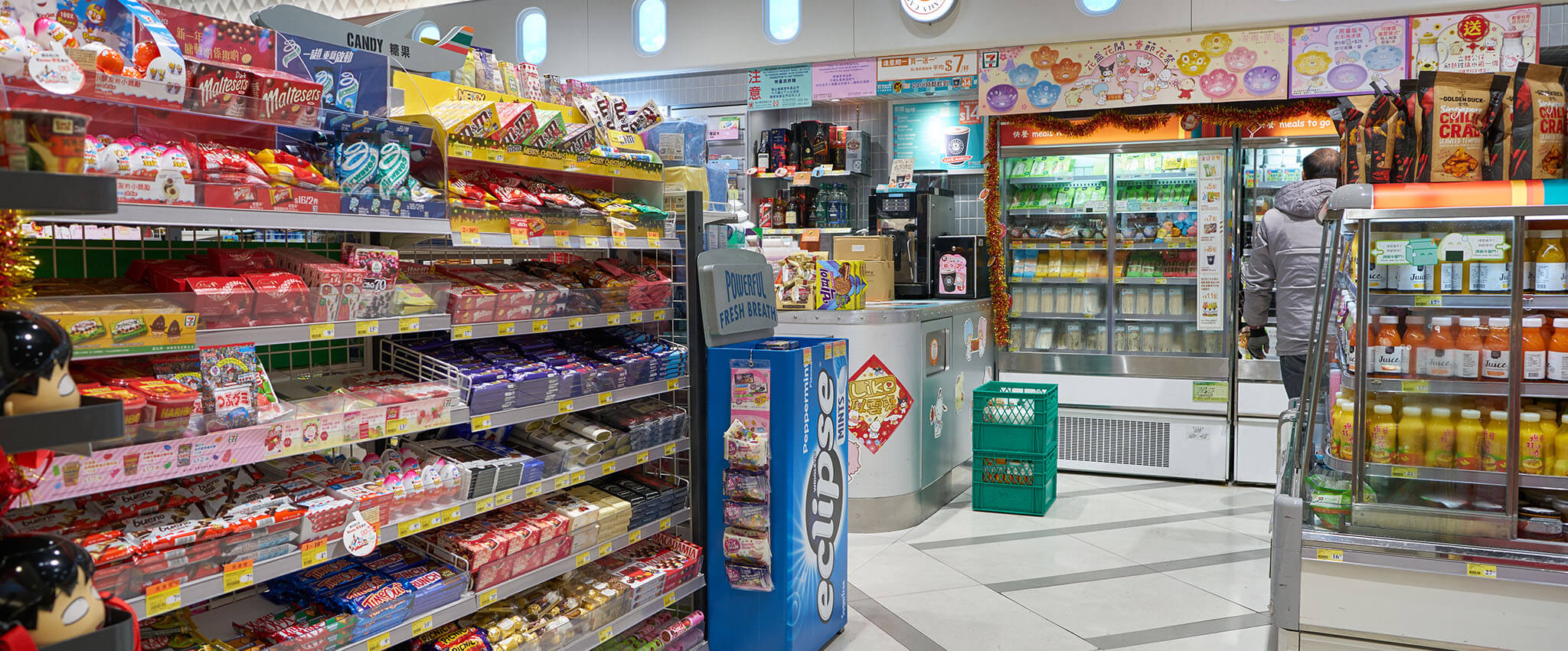There’s little question as to the primary purpose of convenience stores. It says so, right up front in their name: convenience. These operations are growing in number and popularity across the country, they are also adapting to consumers’ ever-changing product preferences, service expectations and purchasing behaviors. Here are 4 key trends shaping the landscape of c-stores.
Flourishing Foodservice
Buying groceries and ready-to-eat meals from convenience stores is becoming increasingly common. A 2019 GasBuddy survey showed that 43 percent of Millennials purchase food items from c-stores. Thanks to younger consumers who enjoy and appreciate the “grab-and-go” accessibility of c-stores, foodservice offerings and sales will continue to expand in 2020 and beyond. In fact, a growing number of convenience stores are starting to offer high-end foodservice. “This trend is likely to contribute in boosting foodservice revenues,” according to the National Association of Convenience Stores (NACS). GasBuddy reports that foodservice now accounts for 23% of c-store sales.
Healthier Food Options
Even in convenience store environments, there is a growing emphasis on fresher, healthier foods, particularly those that are all-natural or organic, high-protein, vegan, gluten-free and produced from vegetable protein sources. According to CSP Daily News, 63% of customers surveyed said they’d like to see more healthy foods offered, while 46% are seeking healthier options than they were just two years ago.
Data Optimization for Shopper Customization
C-store operators are increasingly using loyalty programs to generate data associated with demographics, purchase history and physical location. As technology advances, the collected data allows convenience stores to successfully create personalized marketing campaigns and cultivate stronger, longer relationships with customers. From a sales perspective, data provides c-stores with the ability to accurately monitor inventory so that the products their customers request are consistently available, which helps create and maintain customer loyalty.
Third-Party Delivery Services
Popular third-party mobile delivery services like UberEats, Grubhub and DoorDash have given customers the chance to order from their favorite restaurants without leaving home. C-store chains such as 7-Eleven and QuikTrip are now offering mobile ordering and delivery services from their mobile apps. With a considerable portion of younger consumers ordering from food delivery apps, convenience stores that embrace mobile ordering can appeal to a quickly growing target market with sizeable purchasing power.
Retail Space Solutions constantly monitors consumer trends in the c-store and grocery spaces. These trends help push design innovation in our products, which boost the overall shopping experience and, ultimately, profits.
